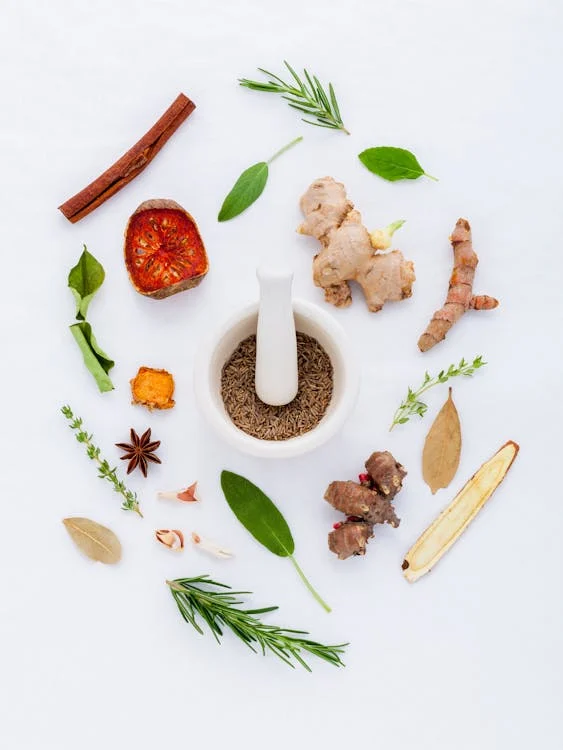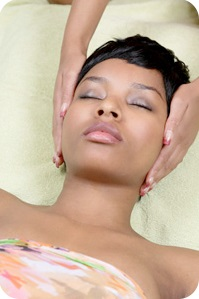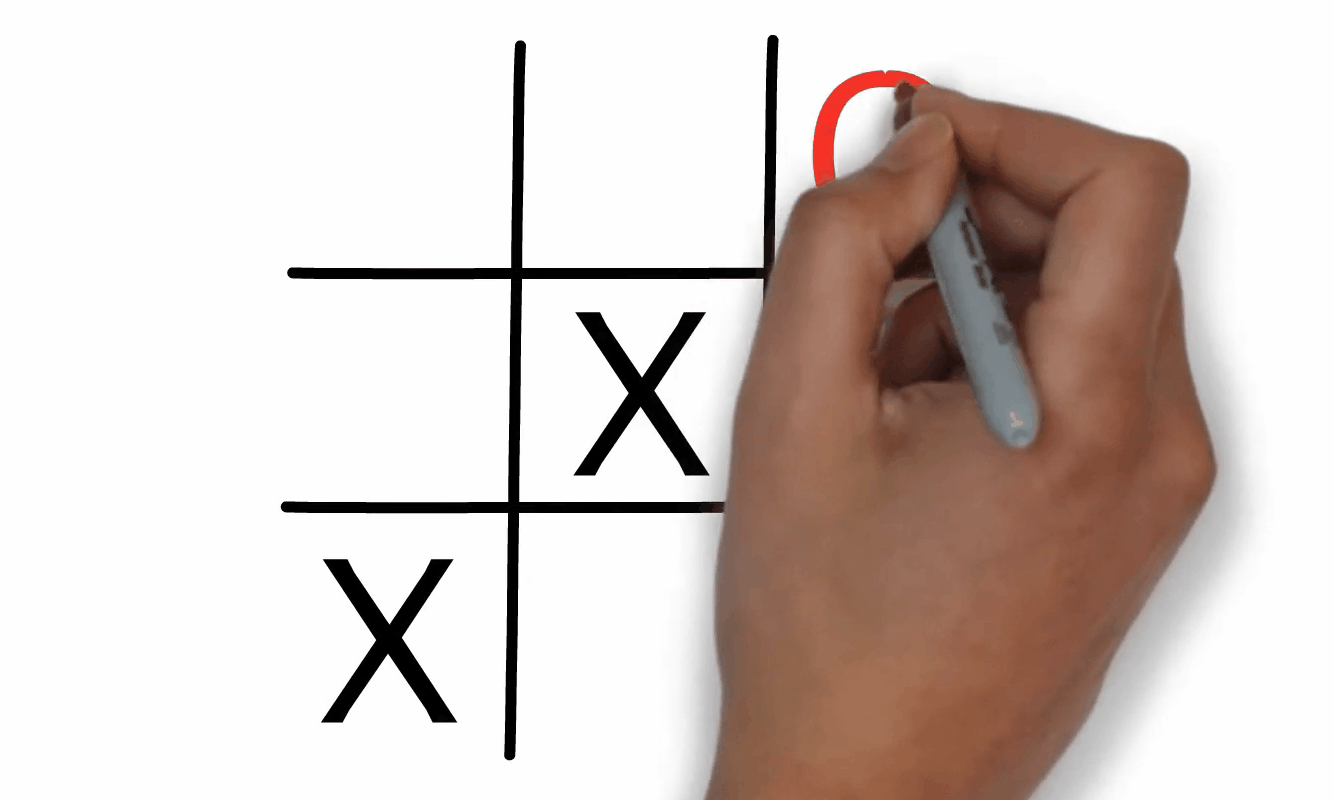Unit 5: Lesson 5: Areas of Complementary and Alternative Medicine
Lesson 5: Areas of Complementary and Alternative Medicine

Lesson 5: Areas of Complementary and Alternative Medicine
When looking at the range of practices and treatments that comprise complementary and alternative medicine, organizations such as the National Center for Complementary and Alternative Medicine have grouped practices into several categories. Each of these areas is made up of similar types of treatments, either in practice or in the theories behind the practices. The NCCAM notes that the categories are not explicitly defined or mutually exclusive. Still, the categories give us a starting point for investigating alternative and complementary practices today.
Natural Products
One of the most widespread practices is the use of natural products. Many of you may have used practices within this group without thinking about it as complementary or alternative treatment. If you've ever taken a multivitamin, a dietary supplement, or an herbal remedy, you've used a CAM product. Many of these natural products that people use are nutritional supplements. According to the FDA, a dietary supplement is 'a preparation intended to supplement the diet and provide nutrients, such as vitamins, minerals, fiber, fatty acids, or amino acids, that may be missing or may not be consumed in sufficient quantities in a person's diet.' Probiotics, microorganisms that live in the digestive tract, are another biological product many people use to maintain health. These microorganisms may be found in some types of yogurt, although they can also be obtained through a dietary supplement.
Healing Plants
Natural or biologically-based products were some of the first types of medicine. Ancient groups used herbs and other biological materials to treat injuries, diseases, and other illnesses. By the Middle Ages, people used thousands of herbal and biologically-based treatments. Today, about 25% of all pharmaceutical drugs are created using the compounds in herbs and plants, including aspirin, developed from chemicals found in white willow bark.
People may turn to natural products such as herbal remedies for several reasons. One is that many of these natural treatment methods have fewer side effects and are gentler on the human body than conventional medications. Others may use herbal remedies and dietary supplements to avoid some of the costs of pharmaceutical and traditional medical treatments.
While natural or biologically-based products have grown in recent years, and more companies are marketing them, health science professionals caution that just because they are natural doesn't mean they are always safe. Some herbs may interact in dangerous ways with traditional medications. Other herbs may be harmful in large doses. Another concern is that dietary supplements, including herbal remedies, are not regulated, which may mean that there are impurities or that the concentrations of the supplements are not as advertised.
Body-Based Practices
Another group of alternative and complementary practices is body-based and manipulative practices, which are based on the body's movement or manipulating the body in some way. These practices may be used for various purposes, including relaxation or to reduce the symptoms of injuries and illnesses.

One common form of body-based practice is chiropractic medicine, which is the manipulation of the spine and other parts of the skeleton. In the United States, more than 20,000 people visit a chiropractor each year. The theory behind chiropractic medicine is that keeping the spine aligned keeps the body's energy flowing correctly. If the spine is misaligned or dislocated, the energy force cannot travel through the body as it should, creating pain and other health issues.
Massage therapy is another common body-based practice used by people around the world. Massages are soft-tissue manipulations performed for health reasons. They have been used since ancient times to treat pain, relax muscles, and rehabilitate injuries. Today, over 39 million people in the United States receive at least one yearly massage. Although not everyone uses massage to help treat a health issue or pain, studies indicate that over 30% of people do.
